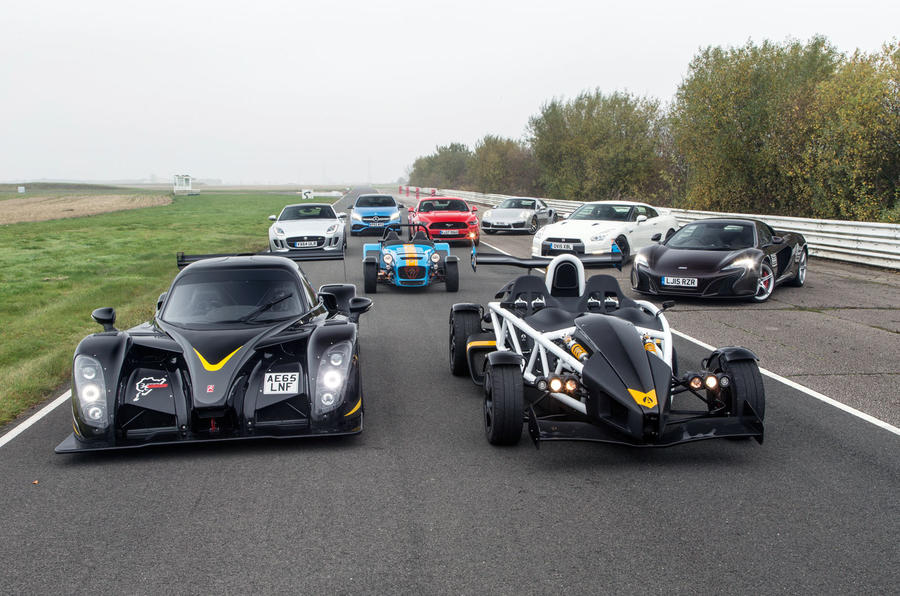The Ariel Atom is to blame. For years we ran a competition called 0-100-0, an acceleration and braking test for cars that was, as the name suggested, a sprint from rest to 100mph and back to rest again.
In the earlier years, there was an unpredictability to the results. Lightweights and supercars vied for supremacy, while race and rally cars set non-production records.
And then came the Ariel Atom with a supercharger strapped to its engine, and with it the unpredictability ended. What’ll be quickest? It’ll be the Atom 300. Again. So we canned it.
But, as you may have heard, Autocar turned 120 years old this month, which gave us an idea: reprise 0-100-0 but, to even things up, increase the target speed to a poignant 120mph, thus giving significance to the anniversary and allowing a broader range of cars – those weighing more than half a tonne – a greater chance of competing.
Step forward, then, the running order. Ariel’s Atom 3.5R is here, of course, but it’s joined in the lightweight corner by the Caterham Seven 620R and a sort of lightweight, the Radical RXC500. To line up against those, we have what could well be the fastest current supercar, because it has 641bhp and a set of astonishing stoppers, in the shape of McLaren’s 650S. Porsche ’s 911 Turbo is probably the only thing that’d run it close, so that’s here, too, as is Nissan’s Nissan GT-R and the nowfour-wheel-drive Jaguar F-Type R.
Then there are a couple of wildcards. Ford’s Mustang GT is here because it’s interesting to see what a big coupé can do, and Mercedes’ facelifted A45 AMG represents the apogee of the current hot hatchback.
Nine contenders, then, and Blyton Park Driving Centre is our host.


































































































































Join the debate
Add your comment
It'll be different in the future
Elephant in the room
The Mustang is great!